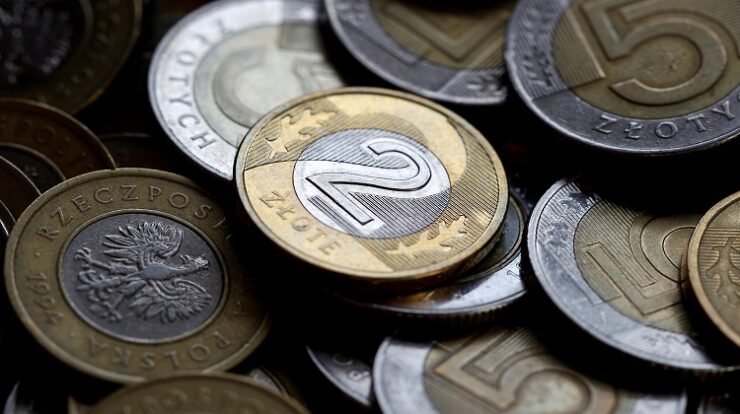
What took place?
Switzerland had one of the lowest interest rates in the world for many years. Since interest rates in Poland and many other countries in Central and Eastern Europe were substantially higher, this encouraged borrowers to take out mortgage loans in Swiss francs, which had an interest rate that was almost half as high as those of the local currency loans. For instance, the average annual interest rate on mortgages taken out in Zloty in 2008 was 8.7%. The average interest rate on comparable loans provided by regional banks in Swiss francs was 4.4%. As a result, these loans have increased dramatically, reaching a peak of 198 billion Zloty in 2011. Currently, their combined value is 127 billion zloty ($32 billion).
The Zloty was worth up to 0.5 Swiss francs in 2008. Currently, the exchange rate for the zloty is roughly 0.25 Swiss francs. (Part of the explanation is, of course, that the Swiss franc was unpegged from the Euro in 2015, which caused a significant increase in the Swiss franc’s value.) These dwellings essentially became submerged as a result. In other words, for many loans, the value of the mortgage has surpassed the value of the actual property. The fact that mortgages have been obtained mostly for primary residences rather than second homes is the only explanation for why there have not been many defaults.
In addition, numerous lawsuits alleging loan misselling have been filed against the banks. In other words, customers were mislead because there wasn’t enough information supplied about the exchange risk of the mortgage. On October 3, 2019, the European Court of Justice is scheduled to rule on the validity of 130 billion zloty (30 billion euros) in outstanding mortgage loans denominated in Swiss francs that the borrowers allege were missold.
Why is this crucial?
Foreign currency loans are generally a challenging issue that banks and regulators deal with. Consumer spending may decline if households are having trouble making their mortgage loan repayments. This in turn has an impact on how quickly the economy as a whole is recovering. The profitability of the banks will suffer if a bigger percentage of those loans default. As a result, lending declines, which again hurts the economy. However, changing the debts at a better exchange rate for consumers could result in more losses for the banks.
To investors
The parties who are suing want banks to accept the loans and exchange them for a higher exchange rate. That is a Swiss Franc to Polish Zloty exchange rate, which is significantly less than the current rate of 4. In contrast, the Swiss Franc traded at a ratio of 2 to the Polish Zloty in 2008, around the time that majority of the loans were obtained. According to projections by ING, in the worst situation, a forced devaluation of these loans might cost Polish banks 60-80 billion Zloty. The Zloty could suffer greatly as a result, however it may be difficult to estimate when this would happen. This is because it could take years for these cases to be completely resolved in court.
Additionally, this issue coincides with the decline in German manufacturing. The economic climate in other Eastern European nations is likewise impacted by this. Investors are compelled to hunt for safer investments as the economic situation in the EU and globally deteriorates. Investors then sell the currencies of Europe’s smaller, open economies, which are typically vulnerable to investor risk tolerance.
An intriguing comparison might be made to Hungary, where a similar case to Poland’s was decided in favour of the borrowers in 2011 and led banks to realise large losses. Similar to the Polish Zloty, the value of the Hungarian forint has fallen sharply against the Swiss franc since 2008.
The traders
For traders, this might also be an excellent chance to profit from any prospective mortgage revaluation. A blow to the banking system would be the local currency’s depreciation. The odds of a recession also increase as the slowdown in Germany, the EU, and the world persists. Investors frequently swarm into the Swiss franc during difficult times and times of increased market risk and volatility. This can be seen in the Zloty and Swiss franc exchange rates right when the recession started.
Furthermore, the central bank in Hungary really welcomed the currency’s fall with open arms. As the forint declined against the Euro, the central bank pointed to increased exports as a significant positive development. This was also a result of the huge reduction in foreign currency debt. As a result, the central bank had less motivation to increase the exchange rate in order to reduce the burden of foreign debt, which once reached as high as 90% of the country’s GDP.






